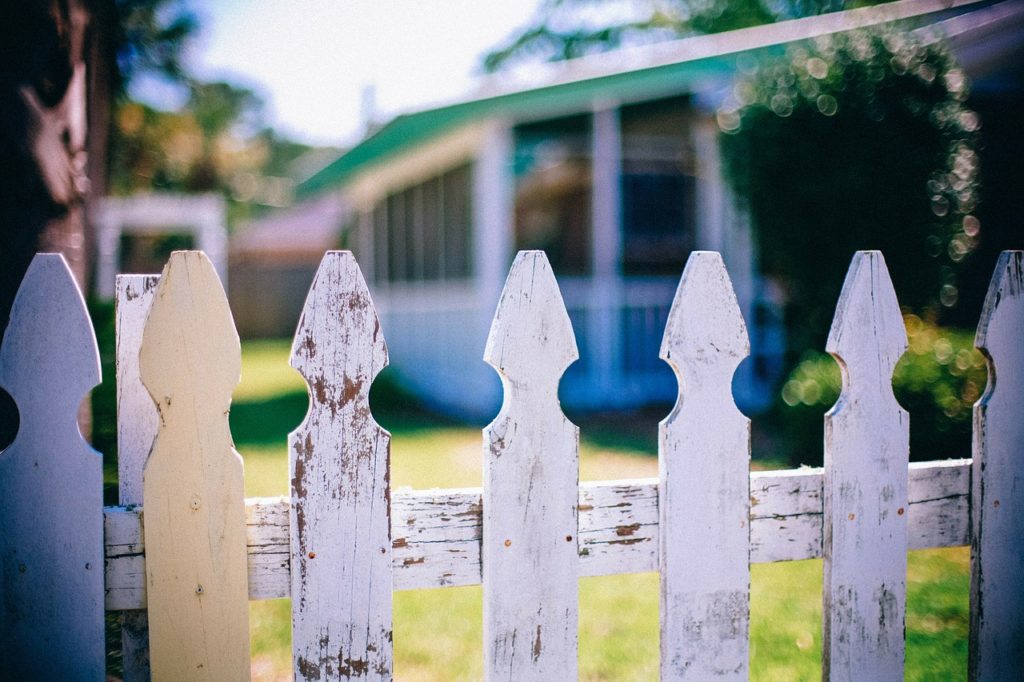Land-use regulations could mean the difference between aging in place and moving elsewhere for many older adults, and restructuring zoning codes might allow more seniors to remain in their homes, a group of researchers has suggested.
Practitioners, policymakers and researchers convened in September for a roundtable discussion sponsored by the Urban Institute in conjunction with the Stanford Center on Longevity and the John D. and Catherine T. MacArthur Foundation. During their two days of conversation, participants expressed widespread interest in the prospect of a federal proposal aimed at the design of a model, age-friendly zoning code, the Urban Institute recently reported.
“As our diverse population of older adults continues to grow, policymakers and service providers face the difficult task of crafting affordable aging in place strategies that promote independence and well-being,” the Urban Institute states. “Housing policy is an important part of that: while 90% of adults age 65 and up want to age in their own homes, more and more seniors live on fixed incomes, and housing can be a major financial burden.”
The effects of regulatory zoning constraints are largely endured by older adults, according to the Urban Institute, as existing rules rarely provide the affordable options necessary to age in place in a safe and healthy way. Given the variance in zoning codes across the United States, a model code could at least act as an example for state and local jurisdictions.
“Creating a model age-friendly zoning code requires a body of research and consensus building around what components best facilitate aging in place,” the Urban Institute states. “By acting now, we will have useful tools at our disposal when local jurisdictions finally decide to face the reality of our aging population and inadequate housing supply.”
The Urban Institute suggests that such a model code might entail:
- Permitting Various Residence Types: Allowing for the development of apartments, co-housing and more building types contributes tremendously to establishing affordable and socially connected housing options.
- Emphasizing Community Engagement: Constructing mixed-used properties and placing them near public transportation allows older adults to remain connected to hospitals, grocery stores and other locale that help them stay healthy and engaged in the community.
- Creating Age-Friendly Infrastructure: Addressing neighborhood infrastructure is yet another way to facilitate aging in place. This would include grid-based layouts with shorter blocks, more street lighting, plenty of signage, well-regulated traffic and accessible elevators and ramps help older adults feel able to remain active in their communities, according to the Urban Institute. This concept has already been explored by the World Health Organization, AARP and several cities.
Written by Kourtney Liepelt
Companies featured in this article:
AARP, John D. and Catherine T. MacArthur Foundation, Stanford Center on Longevity, Urban Institute, World Health Organization




